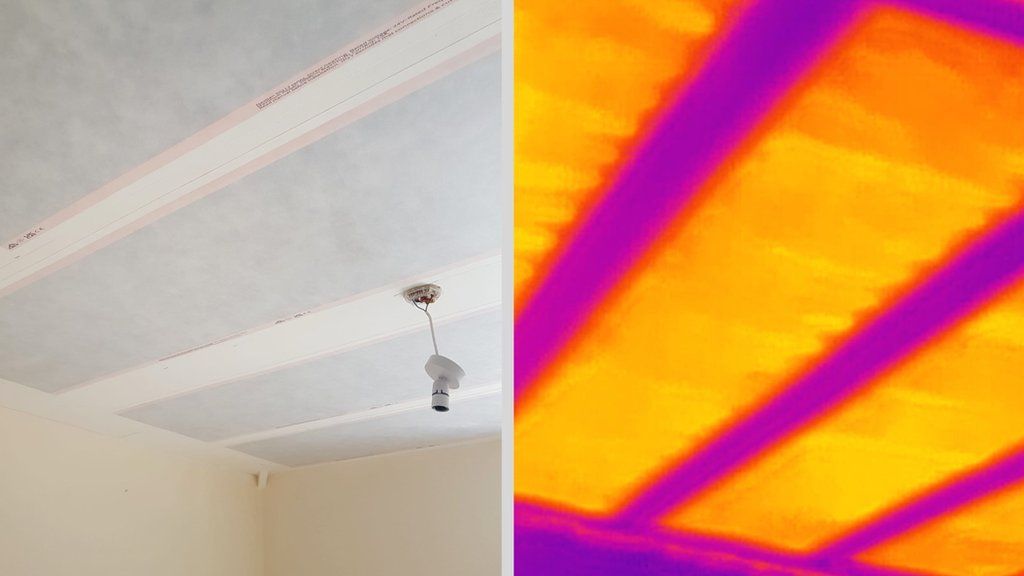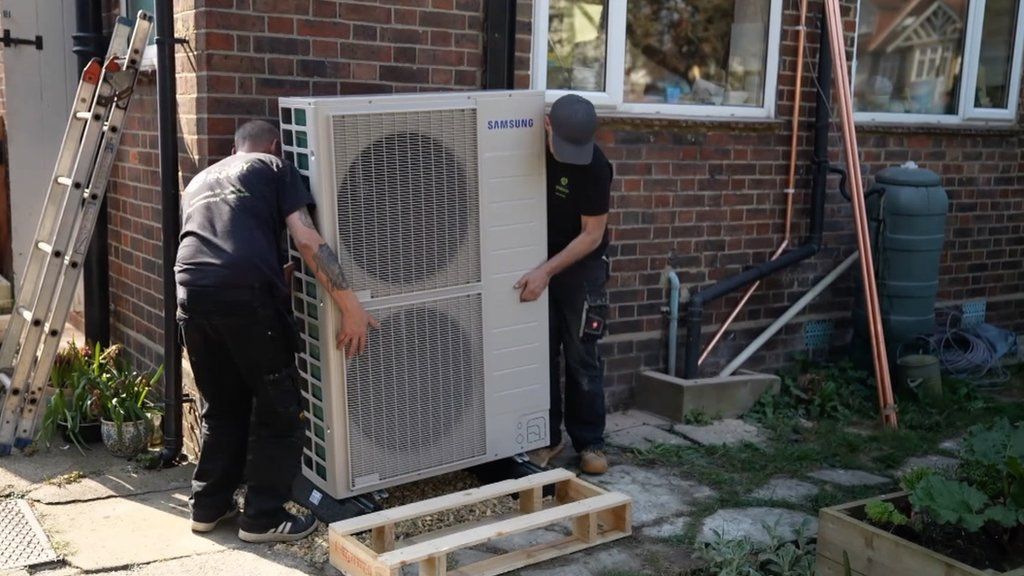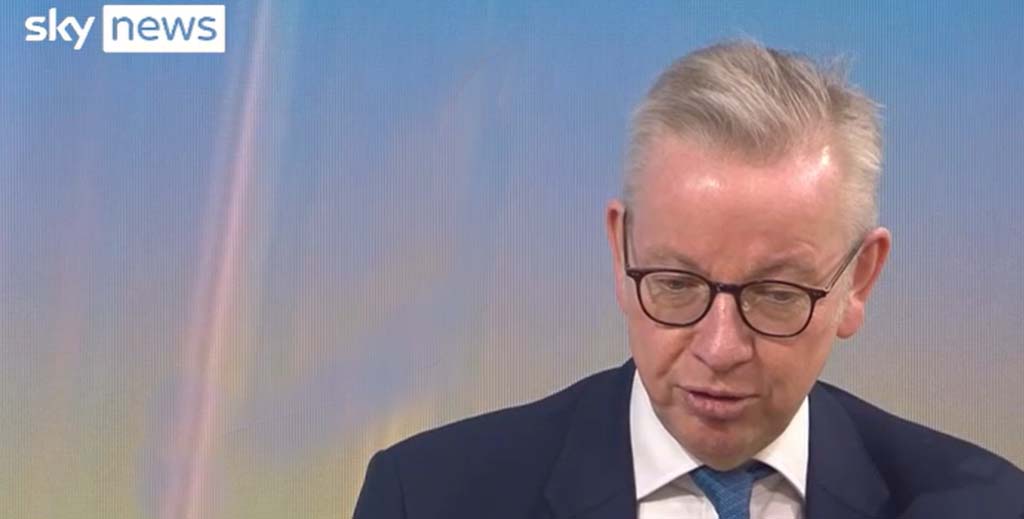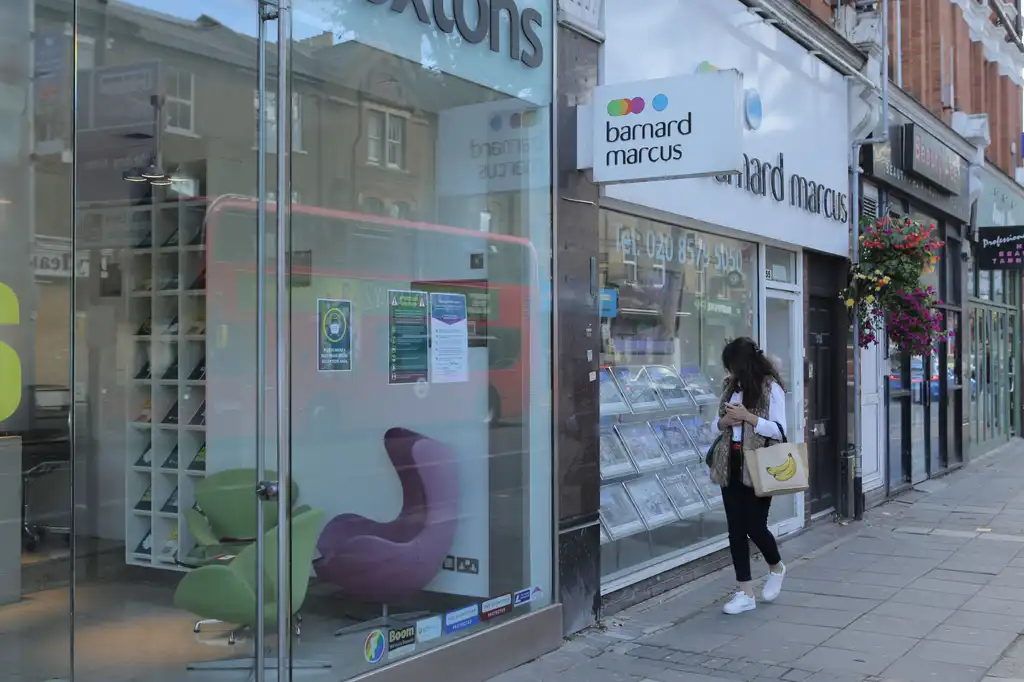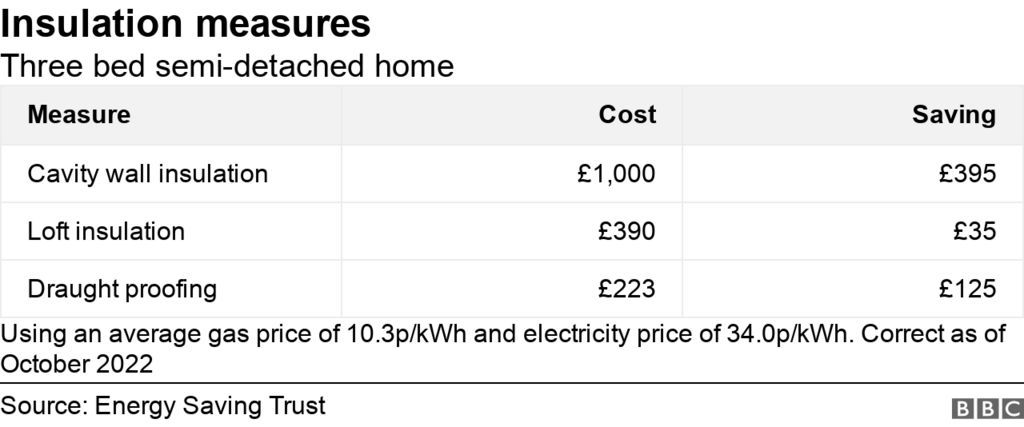
Sunday Times’ economics editor David Smith has expressed sympathy for private landlords who he believes feel bruised by increasing regulation in the sector.
He says higher mortgage rates might be the straw that breaks the camel’s back for many, with some already selling up and financial institutions moving in by building homes to rent and becoming bigger property owners, often adapting models seen in successful student accommodation.
Speaking on the Talk Property with Ian Collins podcast, Smith said the big changes began during George Osborne’s stint as Chancellor and would continue under this government with the end of no fault evictions and updated energy performance certificate standards.
“The government was under pressure from generation rent who felt they weren’t well treated,” he told Collins. “The effect such as rent controls in Scotland is now limiting supply of rental property particularly for young people and there is a great danger of unintended consequences with these interventions.
Enough is enough
“It’s been one thing after the other for landlords who feel quite bruised by it – for some of them, enough is enough.”
The economics expert predicts that we might have to get used to higher interest rates for some time, however, he is convinced the housing market is robust and predicts that in the next 12 months, prices will only drop by 5 or 10% – or even less.
“After the mini Budget when mortgage rates went up, people got scared, appetite and interest went away for a few weeks,” he added.
“There’s currently a standoff between buyers who are a bit scared of higher mortgage rates and sellers who don’t want to sell into a market they don’t see as very strong – but there are signs buyers are coming back.”
Original Post from landlordzone.co.uk

 David Smith, property lawyer at
David Smith, property lawyer at 


